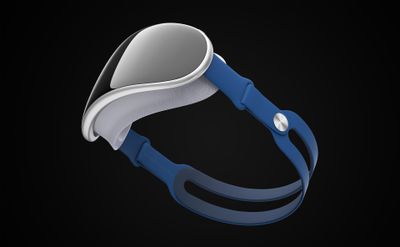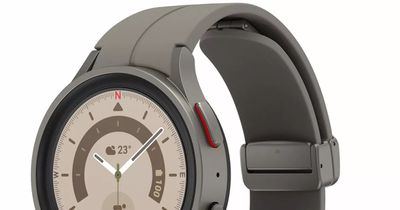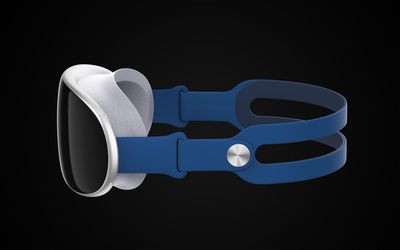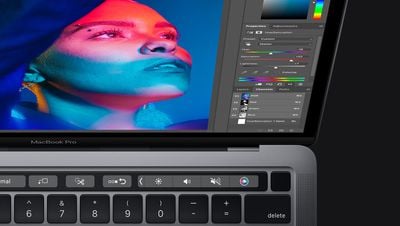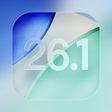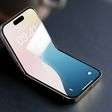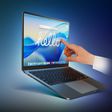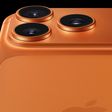Apple today seeded revised third betas of iOS 16 and iPadOS 16 to developers, along with the first iOS and iPadOS 16 public betas. Both of these updates add a new Lock Screen feature - a full-screen music player.
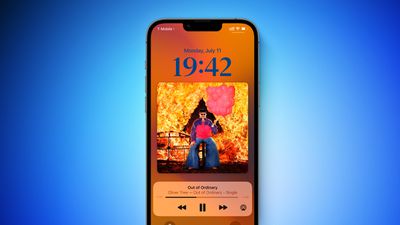
Since iOS 10, the music player on the Lock Screen has been available as a smaller card-style player that only takes up a small portion of the screen with a miniature version of the album art.
With the latest iOS 16 beta, album art is shown front and center, and a separate smaller music player is available below it for controlling playback. The album art dictates the color of the background of the Lock Screen, but if you tap at the bottom of the display, you can go back to your standard wallpaper and minimize the player.
To get back to the album art interface, just tap on the album icon on the minimized player.
The larger music player on the Lock Screen is part of the iOS 16 Lock Screen overhaul that allows users to customize their Lock Screens with unique colors, fonts, and looks. Apple demonstrated the new full-screen music player at WWDC, but it was not available in the iOS 16 beta until today.


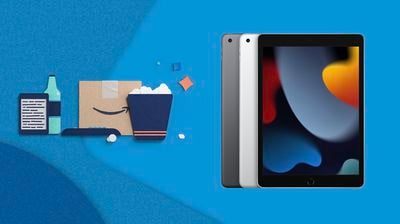 Note: MacRumors is an affiliate partner with some of these vendors. When you click a link and make a purchase, we may receive a small payment, which helps us keep the site running.
Note: MacRumors is an affiliate partner with some of these vendors. When you click a link and make a purchase, we may receive a small payment, which helps us keep the site running.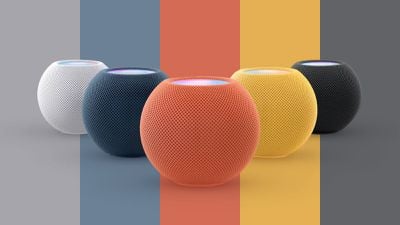
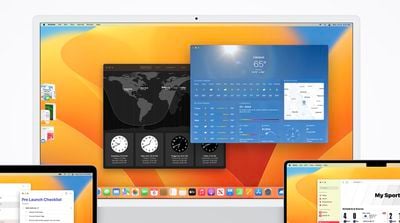
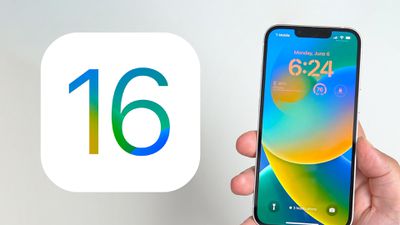
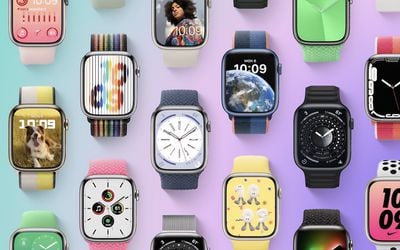
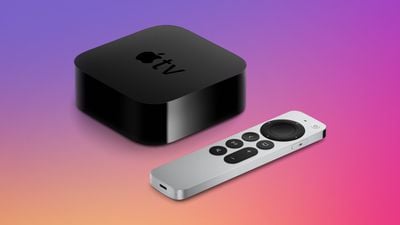
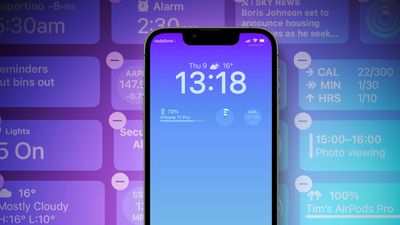
 Note: MacRumors is an affiliate partner with Amazon. When you click a link and make a purchase, we may receive a small payment, which helps us keep the site running.
Note: MacRumors is an affiliate partner with Amazon. When you click a link and make a purchase, we may receive a small payment, which helps us keep the site running.
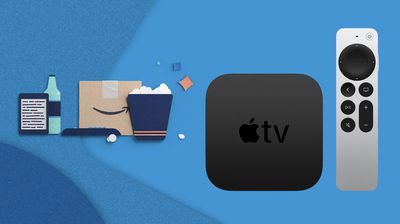 Note: MacRumors is an affiliate partner with Amazon. When you click a link and make a purchase, we may receive a small payment, which helps us keep the site running.
Note: MacRumors is an affiliate partner with Amazon. When you click a link and make a purchase, we may receive a small payment, which helps us keep the site running.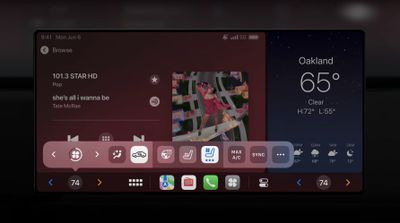
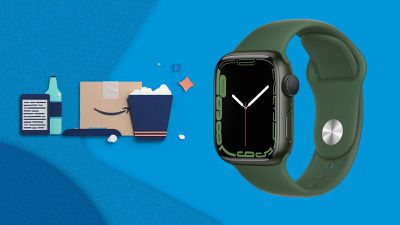 Note: MacRumors is an affiliate partner with some of these vendors. When you click a link and make a purchase, we may receive a small payment, which helps us keep the site running.
Note: MacRumors is an affiliate partner with some of these vendors. When you click a link and make a purchase, we may receive a small payment, which helps us keep the site running.